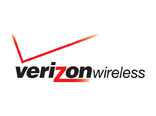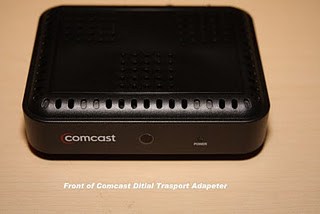 Comcast’s controversial deal with Verizon Wireless to cross-promote cable and wireless service has come to fruition in Washington and Oregon with a new introductory offer pitching Comcast’s Xfinity cable with Verizon Wireless service that includes a $300 customer rebate.
Comcast’s controversial deal with Verizon Wireless to cross-promote cable and wireless service has come to fruition in Washington and Oregon with a new introductory offer pitching Comcast’s Xfinity cable with Verizon Wireless service that includes a $300 customer rebate.
The first appearance of the new joint marketing effort started this week in metro Seattle and Portland, and includes nearby communities. Comcast employees are now staffing at least eight Verizon Wireless stores in Seattle, primarily to pitch the company’s cable service.
The most aggressive offer includes a Visa prepaid card rebate of up to $300 for new customers who agree to bundle Comcast’s phone, Internet, and television service with a new Verizon Wireless smartphone or tablet plan, assuming the two companies can find enough new customers who do not already subscribe to cable or mobile service.
 Traditional telephone companies like CenturyLink and Frontier Communications, which provide service in the region, appear to be most at risk from the bundled service promotions. CenturyLink provides landline telephone service and DSL bundled with satellite television. Frontier does the same and also offers a limited part of the region FiOS fiber to the home service it acquired from Verizon Communications.
Traditional telephone companies like CenturyLink and Frontier Communications, which provide service in the region, appear to be most at risk from the bundled service promotions. CenturyLink provides landline telephone service and DSL bundled with satellite television. Frontier does the same and also offers a limited part of the region FiOS fiber to the home service it acquired from Verizon Communications.
Should customers sign on to the bundled offer from Verizon and Comcast, there would be little reason to do business with either CenturyLink or Frontier.
Consumer advocates like Public Knowledge, along with smaller cell phone companies, satellite provider DirecTV, and other consumer groups have co-signed a letter to the Federal Communications Commission raising questions about the parameters of the cross promotion deal, which the companies and groups say “could be a significant realignment of the competitive landscape in these industries.”


 Subscribe
Subscribe





